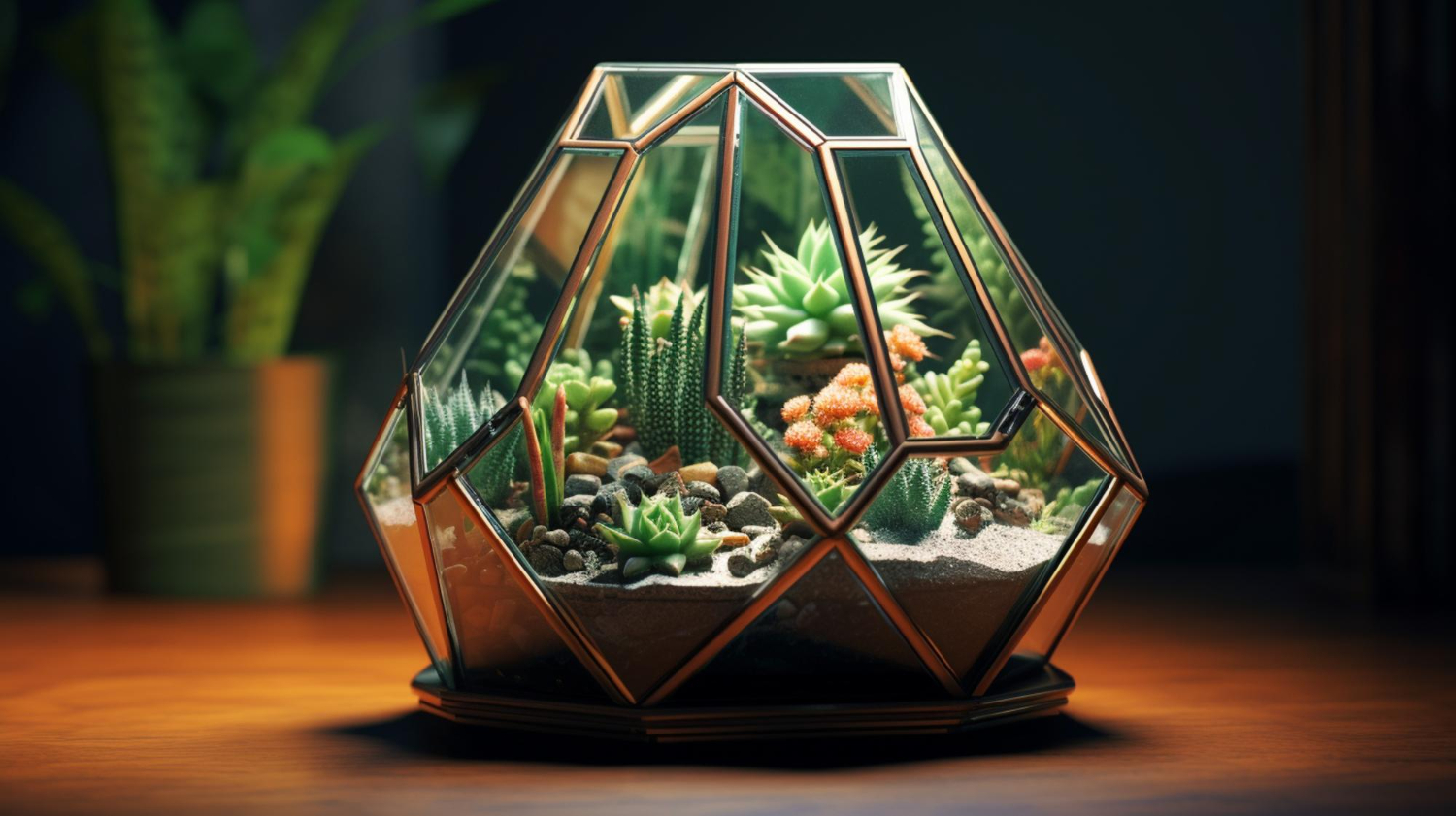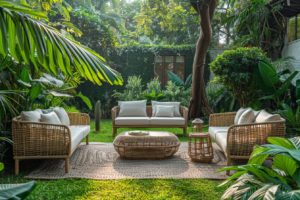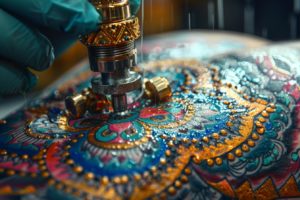Terrariums are real mini-ecosystems that create an ideal environment for exotic plants. If you are passionate about nature and want to bring a tropical touch to your interior, creating a tropical terrarium is an excellent idea.
Materials needed
Before you begin creating your tropical terrarium, make sure you have all the necessary materials on hand. You will need a transparent glass container, preferably, which will create a greenhouse effect. Opt for a container with a lid to maintain humidity inside the terrarium. For the bottom, use a layer of gravel or clay balls to ensure good drainage. Next, you will need specific substrate for tropical plants, moss, rocks and branches for decoration. Finally, obtain the tropical plants of your choice, ensuring that they are suitable for a terrarium environment.
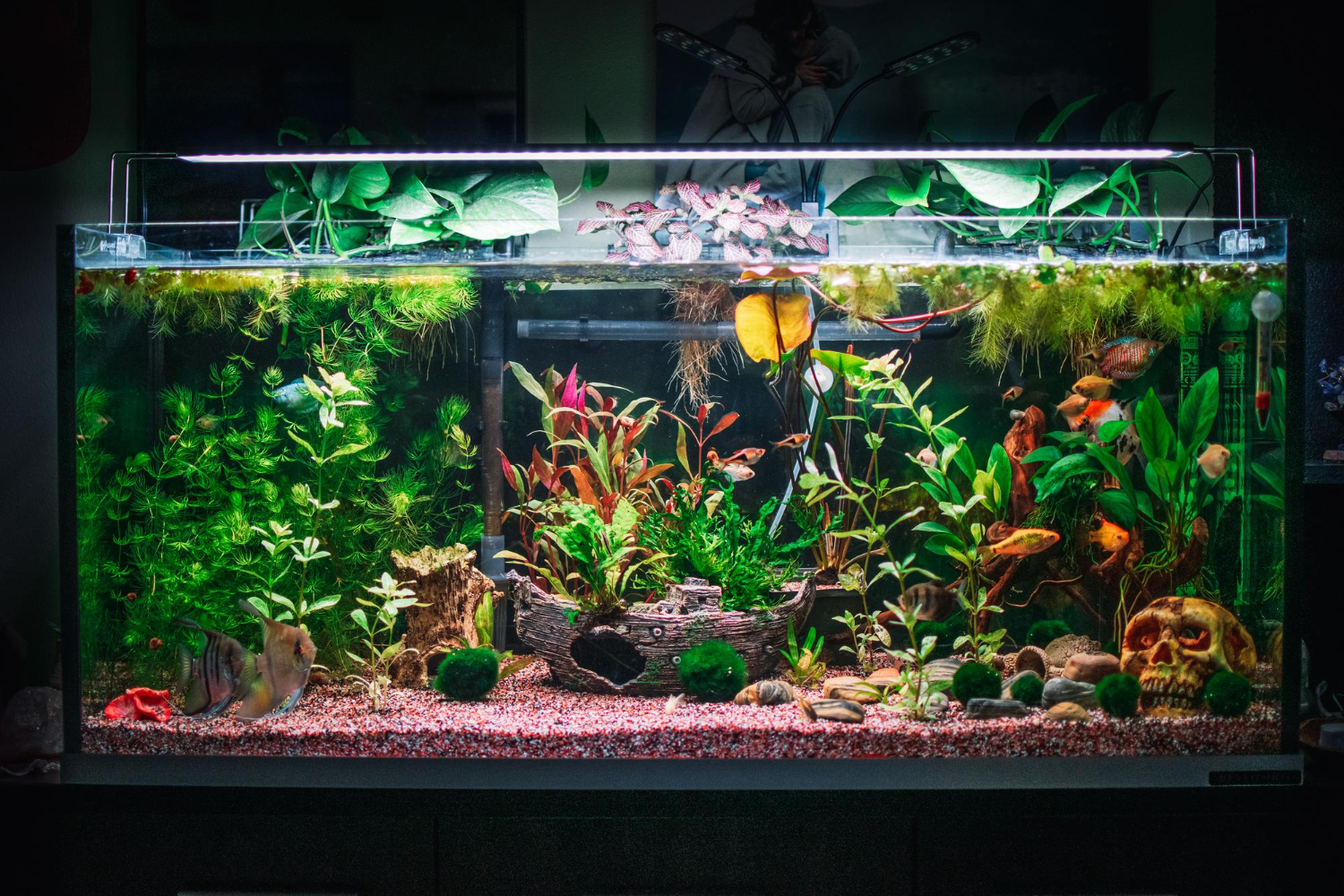
Preparing the terrarium
Before you begin, make sure to clean the container thoroughly, removing any impurities. Then, place a layer of gravel or clay balls at the bottom of the terrarium, approximately 2 to 3 cm thick. This layer will allow good drainage and prevent plant roots from rotting. Then add a layer of specific substrate for tropical plants, approximately 5 to 7 cm thick. Lightly tamp the substrate to make it stable.
The choice of plants
The choice of plants is crucial in creating a tropical terrarium. Opt for plants that require high humidity and adapt to dim light conditions. Some of the most common tropical plants used in terrariums include ferns, bromeliads, orchids, begonias and caladiums. Be sure to choose plants of different sizes to create an interesting visual effect. Do not hesitate to seek advice from a garden center specialist in order to choose the plants best suited to your desires and your terrarium.
Arrangement of plants and decoration
Once you have chosen your plants, it is time to arrange them in your terrarium. Place taller plants at the back of the terrarium and lower plants at the front, to create visual depth. Vary the textures and colors for an even more aesthetic look. Don’t hesitate to add decorative elements such as rocks, branches, bark or moss to bring a natural touch to your terrarium. These decorative elements will also serve as support for climbing plants.
Maintenance of the terrarium
A tropical terrarium requires regular maintenance to ensure the good health of the plants. Be sure to maintain high humidity by spraying the walls of the terrarium with water once or twice a week. Be careful not to overwater the plants, as this risks encouraging the development of mold. Place your terrarium in a bright room, but avoid direct sunlight which could burn the plants. Finally, prune plants regularly to keep them at a size suitable for your terrarium.
The hidden benefits of the tropical terrarium for your well-being
The incredible beauty of a tropical terrarium is undeniable. However, beyond their aesthetics, these mini-ecosystems offer a series of benefits for our psychological and physical well-being. Incorporating such an element into your interior space can bring much more than you think.
Connection with nature : In our busy urban lives, we are often cut off from nature. A tropical terrarium offers you a green oasis, strengthening your connection with nature. This connection has been shown to reduce stress, improve mood, and increase productivity.
Improved air quality : Tropical plants, through photosynthesis, purify the air by absorbing toxins and releasing oxygen. Having a terrarium nearby can contribute to a healthier atmosphere, beneficial for breathing and general well-being.
Natural humidification : In dry indoor environments, a tropical terrarium acts as a natural humidifier, helping to maintain a comfortable humidity level, which can benefit the skin, eyes and respiratory tract.
Aesthetics and creativity : Creating and maintaining a terrarium are creative activities that allow you to express your personal style. It is a living art form, which is constantly evolving. Cultivating your terrarium can be a means of escape, refocusing and self-expression.
Therapeutic effect : Caring for plants has a calming effect and can even be considered a form of therapy. The satisfaction of seeing your tropical plants grow and flourish in an environment you have created can boost self-esteem and feelings of accomplishment.
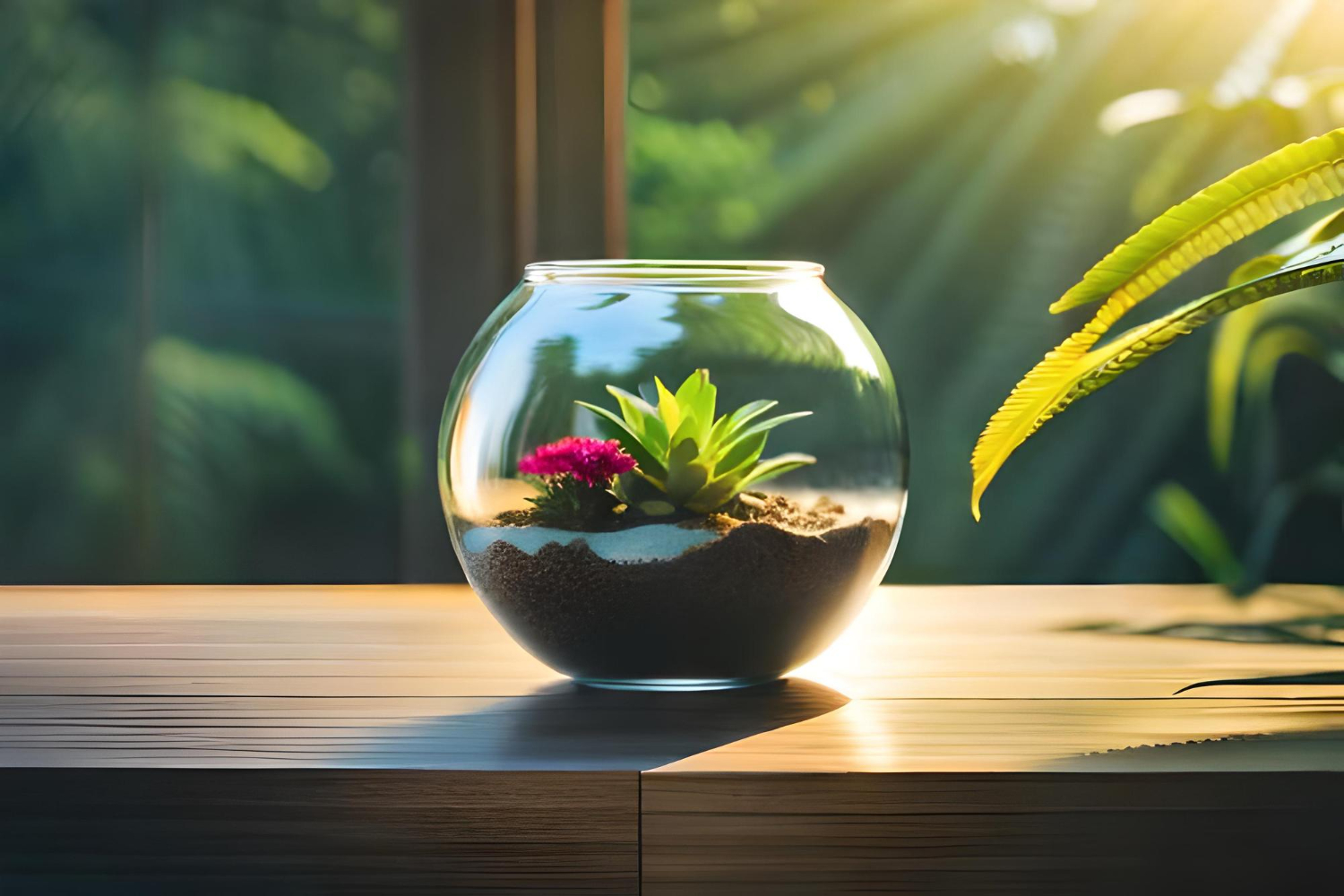
Common Mistakes to Avoid When Creating a Tropical Terrarium
When you’re new to making a tropical terrarium, it’s easy to get carried away with enthusiasm and make some common mistakes. Yet these mistakes can compromise the health of your plants and the sustainability of your mini-ecosystem. Let’s see how to avoid these pitfalls to ensure the success of your project.
Choosing the wrong container
Although the majority of terrariums are made of clear glass to allow easy observation and to maximize photosynthesis, not all containers are suitable. Avoid containers with narrow openings that prevent adequate air circulation. Additionally, a container that is too large can make it difficult to maintain high humidity, essential for a tropical terrarium.
Ignoring the necessary brightness
Tropical plants have specific light requirements. While some appreciate subdued light, others require higher brightness to thrive. It is therefore crucial to learn about the needs of each plant and adapt the location of your terrarium accordingly.
Overwatering
One of the most common problems with terrariums is overwatering. Soggy soil can lead to root rot and encourage fungal growth. It is best to water moderately and carefully monitor soil moisture, especially if your container does not have a drainage system.
Mixing incompatible plants
Not all tropical plants coexist harmoniously in the same space. Some may have conflicting needs in terms of light, humidity or nutrients. It is essential to do research and consult a specialist to ensure that the plants chosen for your terrarium are compatible.
Omit beneficial insects
Introducing beneficial insects, such as woodlice or springtails, can be a great idea for a terrarium. These little creatures help break down organic waste and prevent overpopulation of algae or fungi.

